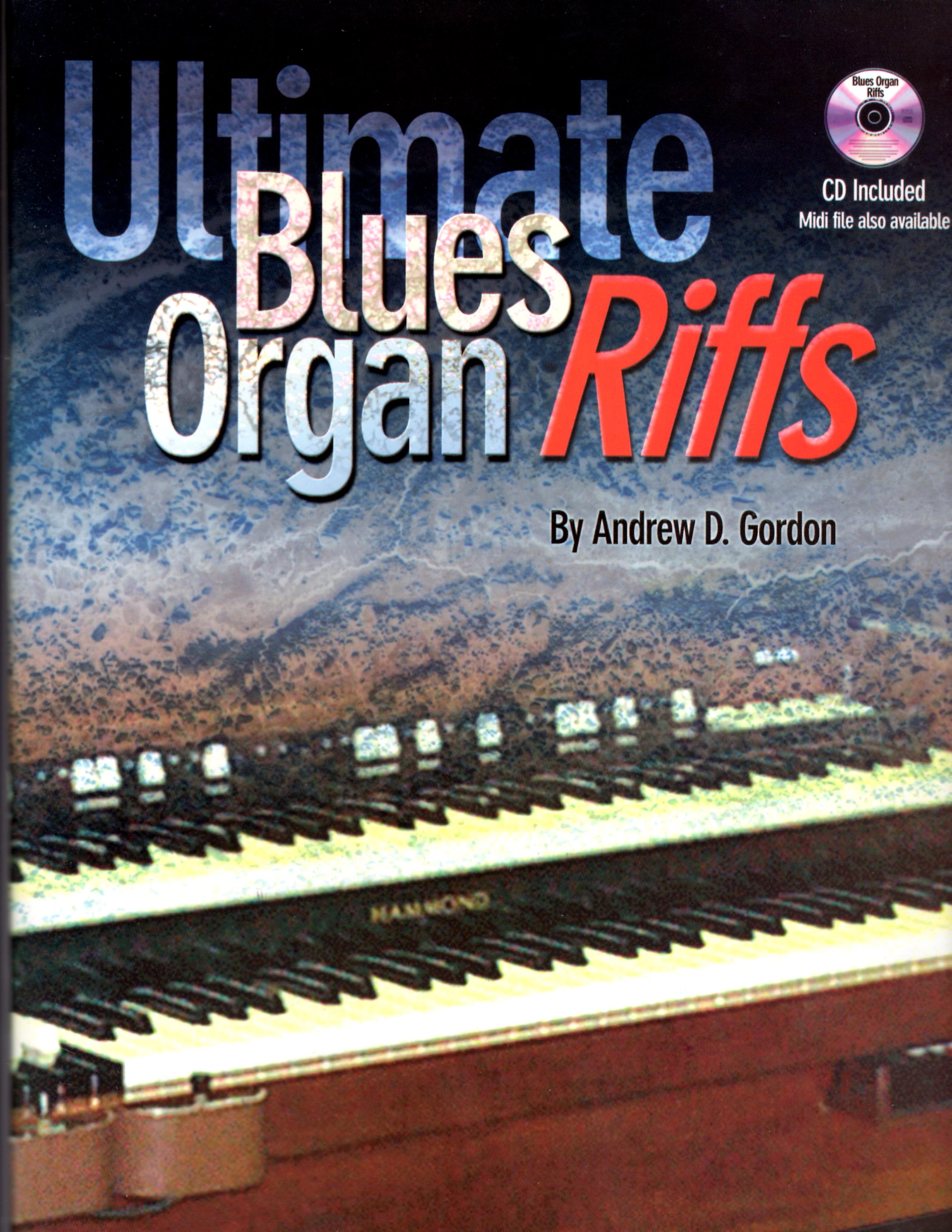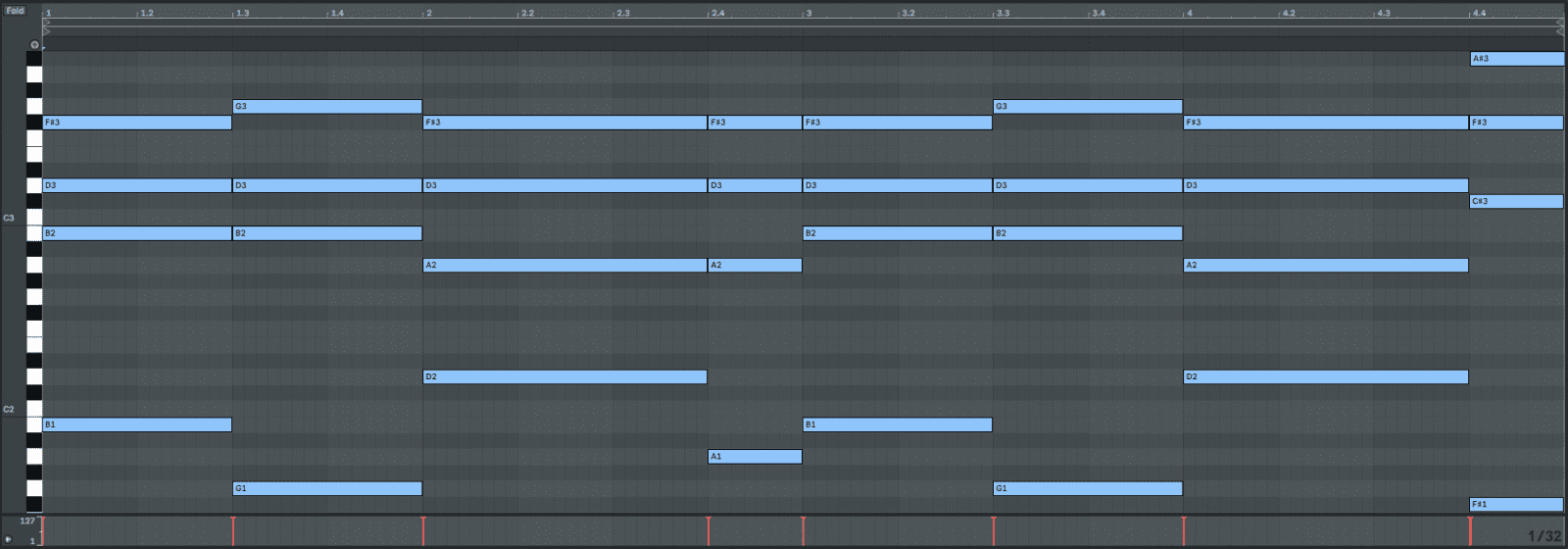Haywyre’s Advanced Jazz Chords Midi Pack First of all, I must tell you about a free midi pack that is available exclusively on BassGorilla.com. It was created by classically trained musician Haywyre. Advanced Jazz Barre Chords. This is Hub Guitar. We're going to look at some more advanced barre chords with the root on the 6th string. These chords have more complex harmony and many have added notes, called tensions, which give the chord a bit more color.
Jazz chord progressions may seem complex.
Seventh chords, extended harmony, and voicings can be difficult to grasp.
But once you’re familiar with triads and basic chord progressions, jazz harmony will be completely approachable.
Knowing the most common jazz chord progressions will open your ears. You’ll begin to notice them in many different types of genres, especially hip-hop and lo-fi.
That’s why I’ll be listing the most common jazz chord progressions you should know.
Knowing these chord progressions will provide a solid foundation to start exploring the world of jazz.
I’ll be listing all the chord progressions with their roman numerals and chord symbols in the key of C major.

Why learn jazz chord progressions?
Even if jazz isn’t your main genre, learning these progressions will help you expand your musical vocabulary.
If you’re feeling stuck in a creative rut with your songwriting, learning new concepts from music theory is one of the quickest ways to break through.
On top of that, modern genres like R&B and neo-soul have deep musical roots in the harmonic and melodic traditions of jazz.
Modern genres like R&B and neo-soul have deep musical roots in the harmonic and melodic traditions of jazz.
Once you learn a few jazz progressions you’ll start to see how these timeless patterns are essential learning for musicians.
The 8 best jazz chord progressions
With that out of the way, here are the eight best jazz chord progressions to learn as a beginner.
Two Five One
You’ll find the two five one progression in almost every jazz song. It’s a cadential staple of the genre. It’s often used to take the music to different tonal centers, or complete a phrase in a turnaround.
1. Major Two Five One: ii – V7 – I
The major two five one uses the second and fifth chords from it’s major key.
Miles Davis’ composition “Tune-up” is a perfect example of using the two five one to reach different tonal centers.
The harmony throughout the song changes to the keys of D major, C major, and B flat major by using their related two five one progressions.
2. Minor Two Five One: ii – V – i
You’ll find the two five one progression in almost every jazz song.
The minor two five one is like the major, except that the chords come from the minor scale.
As a result, you’ll often find that the two chord has a flattened fifth, and the five chord a flattened ninth.
The beautiful jazz standard “Alone Together” written by Howard Dietz and Arthur Schwartz uses minor two five one progressions throughout its whole form.
It’s even used to return to the parallel major key at the end of the A section. The parallel major key in this tune is D major.
Jazz Turnaround
The jazz turnaround is an extension of the two five one. It’s commonly found at the end of sections in songs to punctuate the ending.
Whole songs are also based around the turnaround. There’s a type of form in jazz that many songs use called ‘Rhythm changes’. It uses the turnaround for its A sections. ‘
Rhythm changes’ originated from George Gershwin’s tune “I’ve Got Rhythm.”
‘Rhythm changes’ originated from George Gershwin’s tune “I’ve Got Rhythm.”
3. Major Turnaround: I vi ii V I
Like the two five one progression, the chords in the turnaround come from the home key.
The burnin’ tune “Oleo” by Sonny Rollins is a popular ‘Rhythm Changes’ song. Those chords go by faster than you can count them.
4. Minor Turnaround: i VI ii V i
The minor turnaround is like the minor two five one, and the major turnaround.
The difference here is that the VI chord is now a major chord. It’s taken from the minor key. In the case of C minor, you’ll have an Ab major 7 chord.
Dominant Progressions
Chord progressions don’t always have to stay in the same key. In jazz, dominant chords can lead to closely related keys.
They can also exist all on their own, moving the harmony away from any sense of a tonal center.
5. Secondary Dominant: I – V/ii – ii – V – I
Secondary dominants are chords from outside the home key that are related to chords in a progression by a V-I relationship.
Using secondary dominants will take the music to a different key momentarily, before returning to the home key.
They’re great for creating some unexpectedness in your chord progressions.
In this example, we have an A7 chord, which happens to be the five chord of D minor.
Right before the B section of Duke Ellingtons ‘Take the A Train’, you’ll find a secondary dominant that makes a seamless transition between sections A and B.
This takes the harmony from C major, to the closely related key of F major.
6. Passing Diminished Chord: I – #Io7 – ii – V
Passing diminished chords help transition from one chord to another. They do this by using a chromatic movement in the bass.
Passing diminished chords help transition from one chord to another.
Most diminished chords serve a dominant function. In this example the C# diminished isn’t too different from the secondary dominant A7.
If you take an inventory of notes for both chords you’ll see that they’re very similar.
A7: A C# E G
C#dim7: C# E G A#
You’ll find this chord progression in the beginning of the popular jazz standard ‘Have you met Miss Jones?’
7. Circle of Fifths Progression
C:| III7 E dominant 7 | VI7 A dominant 7 | II7 D dominant 7 | V7 G dominant 7
The circle of fifths progression is when each chord will flow through the circle of fifths in ascending fourths, or descending fifths.
In this progression, the chords remain dominant and will cycle through the circle.
The bridge in the ‘Rhythm Changes’ form uses the circle of fifths progression. You can hear the cyclic harmony in Charlie Parker’s bebop lines:
8. 12 Bar Blues
The jazz blues is another chord progression that only uses dominant chords.
The jazz blues is another chord progression that only uses dominant chords.
It’s known to include many chord substitutions based around the skeleton form shown above. The flat 7 on each chord contributes to that bluesy sound.
This is why using the blues scale to improvise works extremely well with the jazz blues.
Play the changes
Jazz is a whole other world when it comes to music.
The harmony can get complex, and improvising doesn’t come easily.
But knowing these progressions will give you the solid foundation you need to start learning.
Practice these chord progressions in three musical keys. Practice them through all twelve keys using the circle of fifths if you’re feeling ambitious!
Hi. This is Hub Guitar.
We're going to look at some more advanced barre chords with the root on the 6th string.
These chords have more complex harmony and many have added notes, called tensions, which give the chord a bit more color.
They could be divided in multiple ways, but we'll approach them as being a group of chords that are either major, minor, dominant major, dominant minor, or diminished.
First, the major chords. These can be used in most cases where there would be a major seventh chord.
Now, the minor chords. These will usually work in place of a minor seventh chord.
Now the major dominant seventh. These would usually be used on a dominant chord that resolves to a major chord.
Now the minor dominant seventh. These dominant chords often resolve to a minor chord.
Finally, diminished chord forms.
Alright! So learn all of these chord voicings, practise them and memorize them, and once you've done that you are ready to learn them with the root on the fifth string.
As you advance your skills, you will learn to manipulate chords. You will learn advanced harmony and become capable of choosing hundreds of possible chords in any given moment. For now, these standard voicings will be useful to play the more common chords you encounter.
Memorize all of these chord forms. Be able to play any of these barre chords (sometimes less-correctly called bar chords), from any note, with the root on either the fifth string or the sixth string.
Root on 6th String
Major 7th Chord Forms
Major 7th
th chord diagram' />(Photo)(Audio)
Major 9
(Photo)(Audio)
Major 6
(Photo)(Audio)
Major 6,9
Haywyre 27s Advanced Jazz Chords Midi Pack Free
 (Photo)(Audio)
(Photo)(Audio)Minor 7th Chord Forms
Minor 7
 (Photo)(Audio)
(Photo)(Audio)Minor 9
(Photo)(Audio)
Minor 11
(Photo)(Audio)
Major Dominant 7th Chord Forms
Dominant 7
 (Photo)(Audio)
(Photo)(Audio)Dominant 9
(Photo)(Audio)
Dominant 13
(Photo)(Audio)

Minor Dominant 7th Chord Forms
Dominant 7♯9
Haywyre%27s Advanced Jazz Chords Midi Package
(Photo)(Audio)
Dominant 7♭9
(Photo)(Audio)
Diminished Chord Forms
Minor 7♭5
(Photo)(Audio)
Diminished 7
(Photo)(Audio)
Key Tasks
- Memorize the chord forms.
- Be sure to learn the 5th-string root shapes.